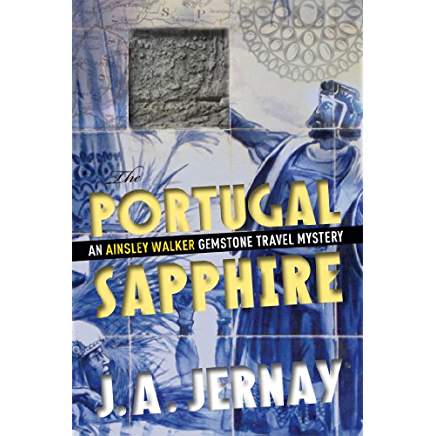IMDb metadata is runtime 1 hour and 47 minutes of Dali time, rated 3.7 by 1231 cinemitizens. Released its native Italy on 19 August 1960.
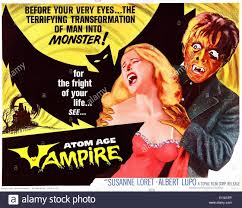
Verdict: Beau, beast, and Beauty with radium.
Jilted by her impossibly handsome boyfriend, a woman driver goes off a cliff and is disfigured. While she is disconsolate at the loss of Beau and beauty, Igora offers her the chance to regain the latter at the hands of an Emeritus Prof Mad Scientist. Igora is his loyal assistant. Her brother Igor is otherwise engaged.
Beauty undergoes the treatment which is experimental and at some point the dialogue refers to radium and Derma 28 (Dermas 1 to 27 were losers). After far too long, it works. The horse-faced beauty no longer has a chocolate sundae melted onto the left side of her face. She can ditch the Veronica Lake peek-a-boo look.
 Belle pining for Beau.
Belle pining for Beau.
But the affliction recurs, and the only solution is for the Mad Scientist….to murder young women to get their…gland bags. Prof is besotted by Beauty and he throttles even the loyal Igora for her…glands. The gland injections seem to only last a scene, and he is out there murdering ever more young women who conveniently stand around in secluded spots waiting for his attacks.
His cereal, serial, or is that surreal, killing is eased because he turns himself into a wereprof to do it. (If only.) Since there is no plot explanation for this capacity, the fraternity brothers concluded that a visiting Lon Chaney left a wolf suit behind. Following so far?
When he returns to the lab he transforms wereprof back into menacing Mad Scientist by stepping into a man-sized clear bell jar which fills with dry ice fog and out comes one lightly chilled mad scientist. So much for Clark Kent.
At times it seems his lust for Beauty turns him into Lon Chaney without the pathos, and other times it takes a shot of radium (under a full moon). But he has done for her what no other man has or can do. He has recovered her looks, killed for her, and turned himself into a monster to so. It is trifecta! He has also scuttled his career as a serious actor by playing this role.
He goes on murdering. Beauty is restive and pines for her impossibly handsome boyfriend and keeps Mad Scientist at bay. After an hour she notices Igora is no longer around. Not too wealthy with the smarts is this one.
As the body count rises, plod finally stirs and, of course, seeks advice from Mad Scientist. Handsome tags along with Plod though why he jilted her in the first place is never revealed nor what has kindled his interest in any of this. Beauty could run to Handsome, says the Mad Scientist, but then the treatments would stop and the chocolate sundae would return and Handsome would then again reject her anyway. Is this a Faustian bargain or what? Or is it an impossible mish-mash of exploitation films. Decide!
In the end, Handsome slugs it out with Mad Scientist and wins, and it turns out the last involuntary gland transplant cured her, and she no longer worries about the victims who sustained her so she can live happily ever after. A moral tale for our times.
George Zucco was made for just roles but he usually had better material. Admittedly this mad and bad emeritus professor is pretty creepy, the more so when he is trying to be suave and considerate.
The Italian title translates as ‘Seddok, the heir of Satan.’ OK, but no one called Seddok is listed in the credits. The English dubbing and dialogue were overlaid on the Italian original for the Yankee market and the title changed to capitalise on the topical interest in all things atomic. Hence the extraneous references to radium in the dubbed dialogue. Any relationship of the original Italian title to the story has been lost in translation.

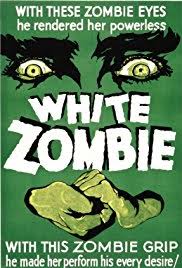
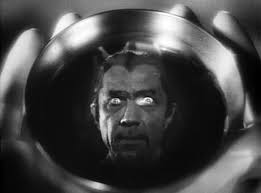 Those eyes!
Those eyes!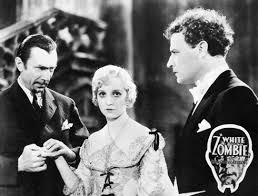
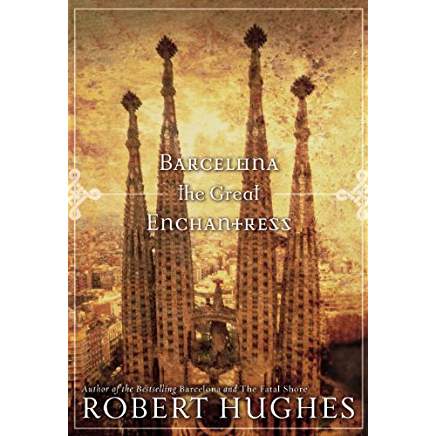
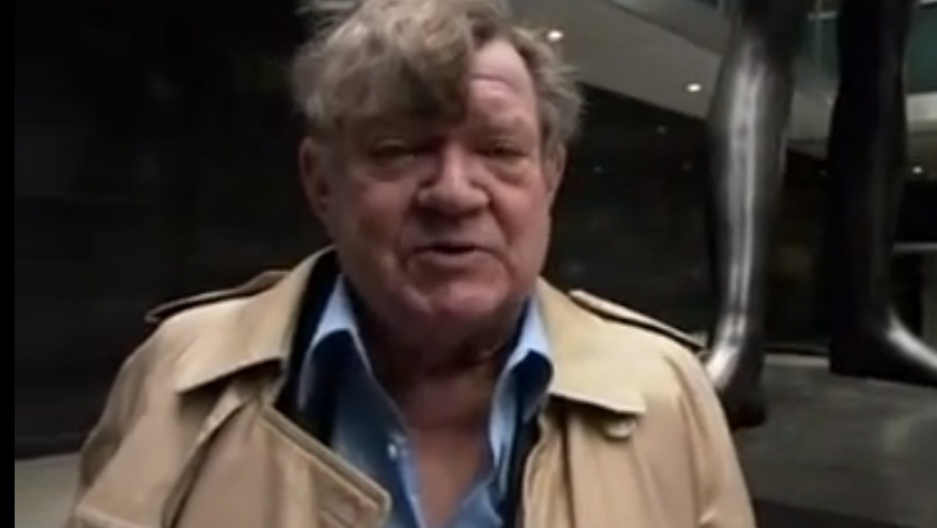 Robert Hughes
Robert Hughes